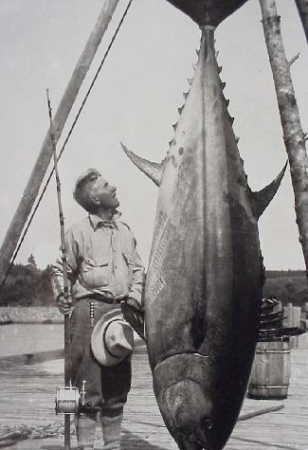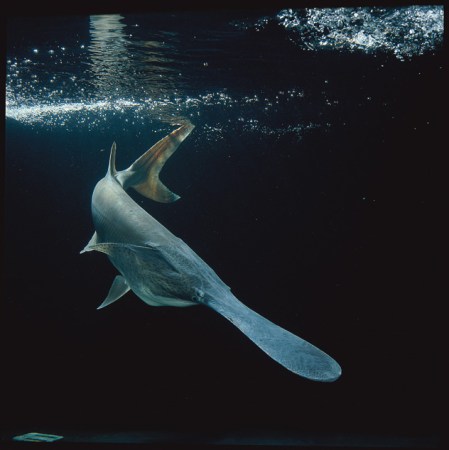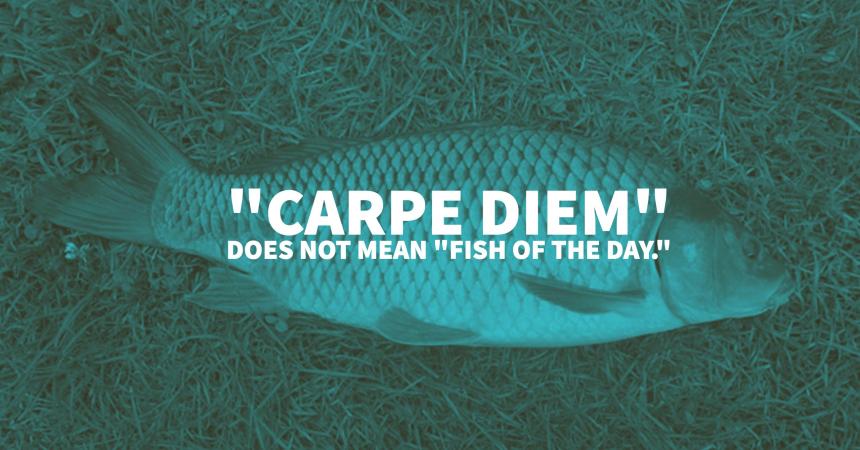 Mermaids are the stuff of whimsical myth—have been for centuries—and it’s little wonder considering the length of time men on sailing ships were forced to stay at sea. Remembering a few extended voyages I endured during a stint with the U.S. Navy, I can empathize. Today we’re told that sea cows (now extinct) and manatees may have been the biological reality that triggered such fantasies in the brains of ocean-weary sailors. Even their leaders were not immune.
Mermaids are the stuff of whimsical myth—have been for centuries—and it’s little wonder considering the length of time men on sailing ships were forced to stay at sea. Remembering a few extended voyages I endured during a stint with the U.S. Navy, I can empathize. Today we’re told that sea cows (now extinct) and manatees may have been the biological reality that triggered such fantasies in the brains of ocean-weary sailors. Even their leaders were not immune.
In his log of March, 25, 1493, Christopher Columbus wrote of sighting three mermaids off the Dominican Republic: “Female forms that rose high out of the sea, but not half as beautiful as they are painted,” he reported.
Adventurer John Smith claimed having eyeballed a mermaid in 1614 in the Caribbean. He logged the following: “Her long green hair imparted to her an original character by no means unattractive,” and added that he had “begun to experience the first effects of love.” Could be he was still hallucinating about Pocahontas.
While ancient tales depict both male and female “merfolk,” most of our fascination has been with mermaids–creatures with the upper torso of a beautiful woman and the lower body of a fish. Thanks to the typical Disney brain-leach effect (e.g. the doe-eyed Ariel as The Little Mermaid) the lissome, quasi-fishes are mostly imagined as friendlies these days. That wasn’t always the case.
Much early folklore painted these fish ladies as nasty little things, often very ugly, and otherwise bent (like their kin the sirens) on luring men on boats to their demise. And then there are the hucksters.
 Like creative internet artists who orchestrate any number of fictional images and pass them as truth, physical mermaid makers have existed for years. Not long back, photographs were circulated of the purported remains of a mermaid netted by a fisherman in the Philippines, and later as having been washed up by a tsunami in the Indian Ocean. The mummified remains were physically real, all right, but, like others, were cleverly crafted of a desiccated monkey head, bones of fish and other animals. (See photo)
Like creative internet artists who orchestrate any number of fictional images and pass them as truth, physical mermaid makers have existed for years. Not long back, photographs were circulated of the purported remains of a mermaid netted by a fisherman in the Philippines, and later as having been washed up by a tsunami in the Indian Ocean. The mummified remains were physically real, all right, but, like others, were cleverly crafted of a desiccated monkey head, bones of fish and other animals. (See photo)
Such manufactured mermaids became popular in traveling carnivals and oddity museums in the 19th Century. Most famous of all was the so-called “Fiji Mermaid” supposedly caught by a Japanese fisherman’s net, and which was later displayed in P.T. Barnum’s (before he turned to the circus business) American Museum in lower Manhattan, NYC, before the place burned. This fabricated beauty was pieced together of fish parts, papier-mâché, the body of a baby orangutan, and a monkey head.
Still, in our cynical age human nature continues to delight in the slight of hand as well as myths and the supernatural. And there’s always our romance with most things outdoors. In his unapologetic “Testament of a Fisherman” Robert Traver penned the perfect list of why we fish. Among his reasoning was this: “… because maybe one day I will catch a mermaid…”
I’m thinking the same thing.








